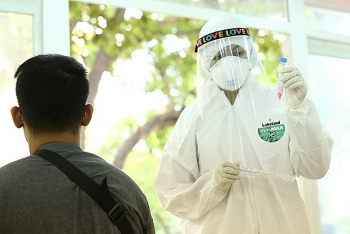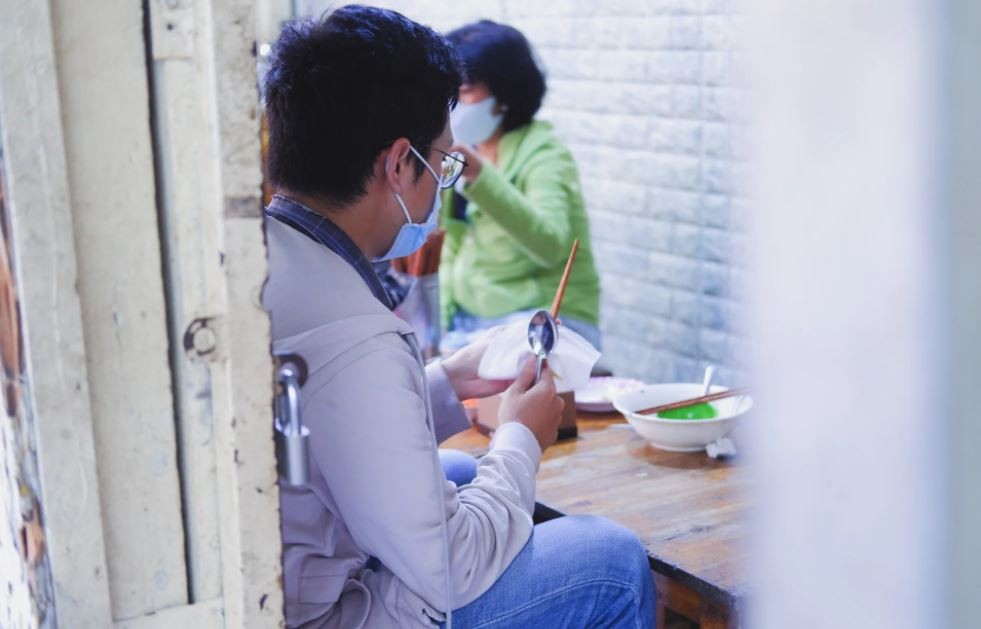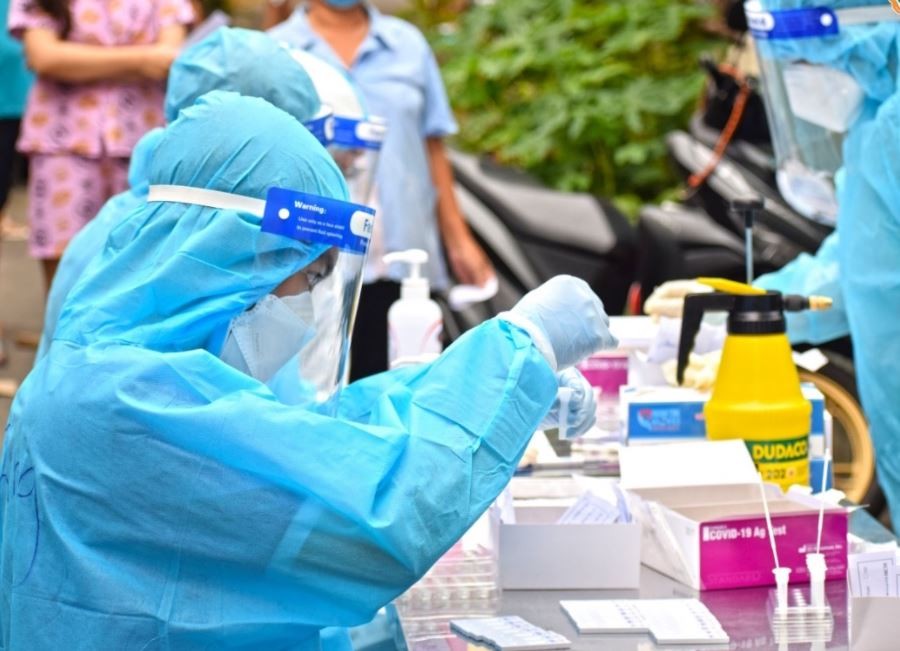New study: Coronavirus may travel through toilet and pipes
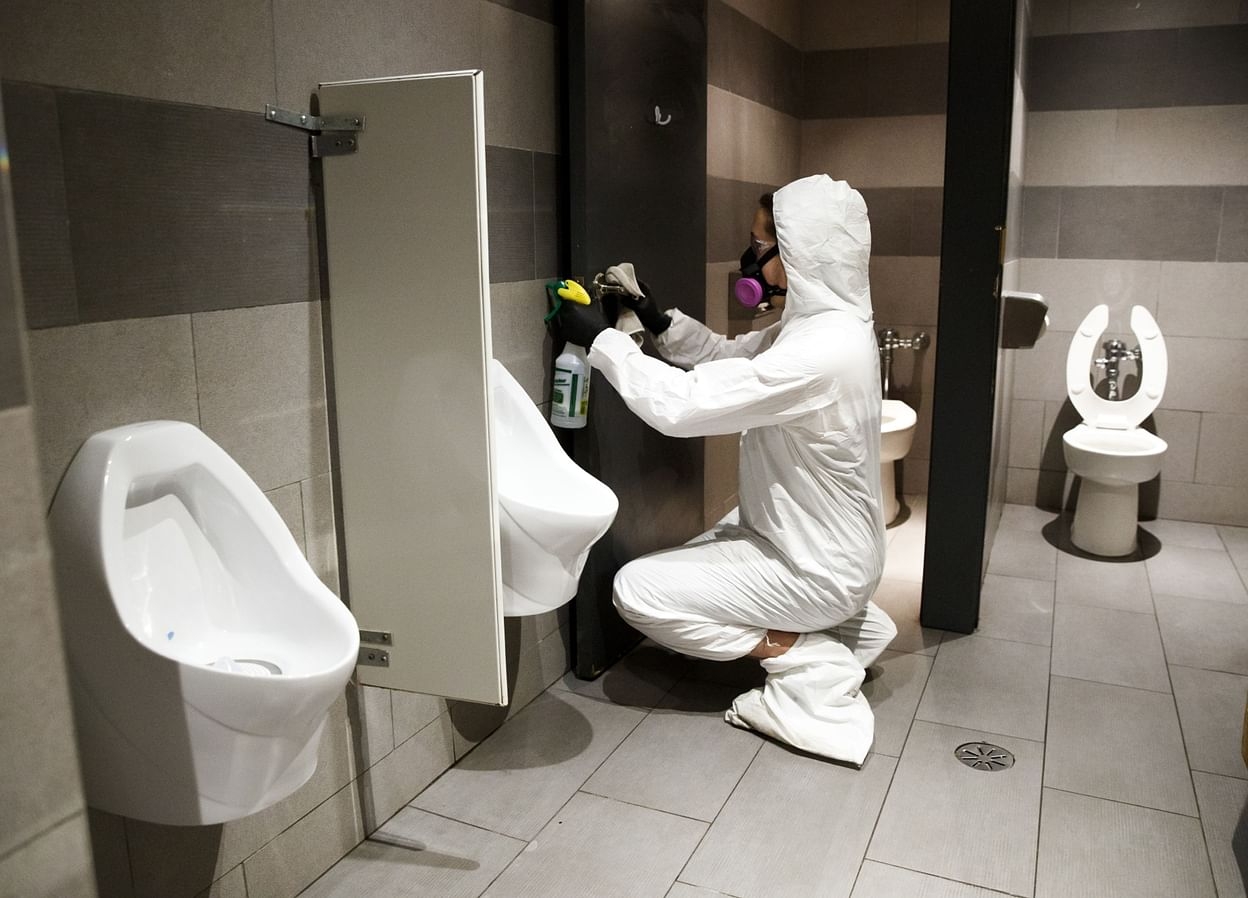 |
| The novel coronavirus may spread throughout buildings through toilets and drainpipes (Photo: Bloomberg Quint) |
The discovery of coronavirus in the bathroom of an unoccupied apartment in Guangzhou, China, suggests the airborne pathogen may have wafted upwards through drain pipes.
Traces of SARS-CoV-2 were detected in February on the sink, faucet and shower handle of a long-vacant apartment, researchers at the Chinese Center for Disease Control and Prevention said in a study published this month in Environment International. The contaminated bathroom was directly above the home of five people confirmed a week earlier to have Covid-19.
The scientists conducted “an on-site tracer simulation experiment” to see whether the virus could be spread through waste pipes via tiny airborne particles that can be created by the force of a toilet flush. They found such particles, called aerosols, in bathrooms 10 and 12 levels above the Covid-19 cases. Two cases were confirmed on each of those floors in early February, raising concern that SARS-CoV-2-laden particles from stool had drifted into their homes via plumbing, Bloomberg reported.
“The possibility of aerosol transport through sewage pipe after flushing the toilet at the 15th-floor restroom was confirmed by an onsite tracer simulation experiment showing that aerosols were found in the restroom of apartments on the 25th floor and 27th floor," the study authors stated in the published report.
 |
| (Photo: Quint Fit) |
As reported by Fox News, transmission through the shared elevator could not be ruled out.
The new report is reminiscent of a case at Hong Kong’s Amoy Gardens private housing estate almost two decades ago, when 329 residents caught severe acute respiratory syndrome, or SARS, in part because of faulty sewage pipelines. Forty-two residents died, making it the most devastating community outbreak of SARS, which is also caused by a coronavirus.
“Although transmission via the shared elevator cannot be excluded, this event is consistent with the findings of the Amoy Gardens SARS outbreak in Hong Kong in 2003,” Song Tang, a scientist with the China CDC Key Laboratory of Environment and Population Health, and colleagues wrote in the study, which cited unpublished data from the health agency.
An old report stated that faulty sewage pipes were responsible for sending virus-containing aerosols throughout the system in that outbreak.
“High concentrations of viral aerosols in building plumbing were drawn into apartment bathrooms through floor drains. The initial exposures occurred in these bathrooms. The virus-laden air was then transported by prevailing winds to adjacent buildings at Amoy Gardens, where additional exposures occurred," the old report stated. More than 300 of those apartment residents were infected by SARS.
Recent reports have surfaced exploring the transmission of SARS-CoV-2 through urinals and toilets. The findings revealed aerosol particles were released in a cloud, potentially putting a person at risk.
 | NHK: Japanese Prime Minister to resign due to health condition Japanese Prime Minister Shinzo Abe is expected to step down amid speculation over his health, national broadcaster NHK reported on August 28, adding that he ... |
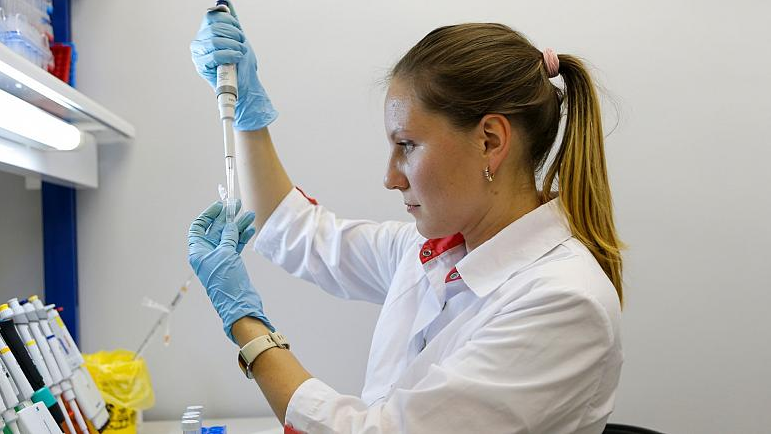 | Russia's COVID-19 vaccines: Moscow citizens are urged to take part in trial test The mayor of Moscow invited residents Wednesday to join trials of a coronavirus vaccine that Russia approved for use earlier this month, in what officials ... |
 | Vietnam's medical equipment and 20,000 face masks arrive in Venezuela to support COVID-19 response The Embassy of Vietnam in Venezuela recently handed over medical equipment to the host country’s Ministry of Foreign Affairs, along with 20,000 face masks from ... |
Recommended
 World
World
India strikes back at terrorists with Operation Sindoor
 World
World
India sending Holy Relics of Lord Buddha to Vietnam a special gesture, has generated tremendous spiritual faith: Kiren Rijiju
 World
World
Why the India-US Sonobuoy Co-Production Agreement Matters
 World
World
Vietnam’s 50-year Reunification Celebration Garners Argentine Press’s Attention
Popular article
 World
World
"Will continue offering our full support to Indian govt": US FBI Director after Pahalgam attack
 World
World
"Great Leader": JD Vance Lauds PM Modi During His India Visit
 World
World
Trump’s Tariff Pause: A Strategic Move from “The Art of the Deal”?
 World
World

